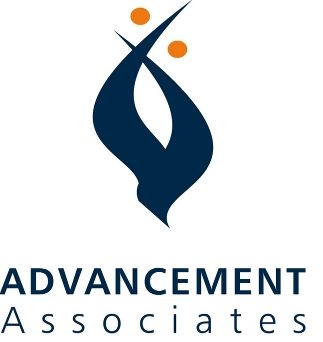Much about a fundraising campaign cannot be predicted or controlled. Will a life-changing event change the anticipated gift of your major donor? Will the actual cost of your new building exceed earlier projections? Will an unexpected, unrestricted estate gift become available? Will a newspaper article about a disgruntled employee give your organization unfavorable publicity in the local community? Surprises such as these–some positive and others concerning–affect most every campaign.
There are some elements of the campaign that remain firmly under your control, however. Using these “best practices” as building blocks will pay dividends, whatever surprises may occur.
Pick the right campaign chair. Doing your homework and then inviting the right person to chair the campaign is a key decision. While a current board or staff member might fit this role, Advancement Associates strongly recommends choosing a volunteer–a friend who is a willing advocate for your organization, mission and program. As the “face” of the campaign, a volunteer chair is in the strongest position to encourage other stakeholders to support the project at hand.
An effective campaign chair:
- believes in the mission of your organization and has supported it over many years;
- is well known and highly respected within the community;
- can effectively lead and inspire others;
- is a skilled communicator;
- has the potential to make a sizable campaign gift; and
- is highly regarded by your key stakeholders.
A beginning list of potential campaign chairs can first be identified during the campaign feasibility study. As the campaign begins, then, board members, senior executives, major donors, and other friends can help qualify these names.
Create a campaign organizational chart. Campaigns require extraordinary efforts from an organization’s board members, executive staff, and volunteers. Each of these groups have other daily demands on their time, and campaign efforts often represent “over and above” duties and activities. The right organizational chart and accompanying job descriptions will help ensure coordination and cohesion among campaign leaders.
Here is an example of a campaign organizational chart:
As mentioned, a specific list of campaign roles and responsibilities should be created for each person and group that appears on the organizational chart.
Build a realistic gift table. No table can precisely model all of the gifts needed for campaign success. But, it is also true that campaigns often resemble others of similar size–whatever the specific project at hand might be. This happens because most campaigns reflect the Pareto Principle, known as the the “law of the vital few:” While all gifts are valued and needed, most of money you raise will be given by a relatively small number of donors.
Just as a realistic gift table can help test potential support for a campaign during the feasibility study, it can also guide individual gift solicitation visits, measure progress being made once the actual campaign commences, and provide a means to evaluate campaign success.
Unless your own records and data suggest otherwise, here are some assumptions your campaign gift table should include:
- A lead (top) gift that represents 20 percent of the total campaign goal;
- Large gifts from 10 – 20 percent of the donors that equal 90 – 80 percent of your campaign goal;
- Small gifts from the hundreds of remaining donors that will bring your campaign to a successful conclusion.
Freshen the case summary. In a typical feasibility study, representative stakeholders respond to the organization’s plans for a campaign as described in a brief, well-written case summary.
The case summary continues to play an important role once the campaign has begun–but first it should be revised to reflect important learning from the feasibility study. For example, perhaps the statement should reference the extensive planning process that produced campaign priorities. Or, it may be important to point out that estate gifts, as well as cash gifts, are acceptable.
Once these edits have been made, the case summary will help keep campaign messages consistent; guide individual gift solicitation visits; and provide an on-going reminder to all of the primary purpose of your campaign: to strengthen mission.
An apt metaphor for a fundraising campaign is a roller coaster ride, complete with ups and downs, thrills and chills. But these four “best practices” will help keep your campaign on track, all the way to the end!

